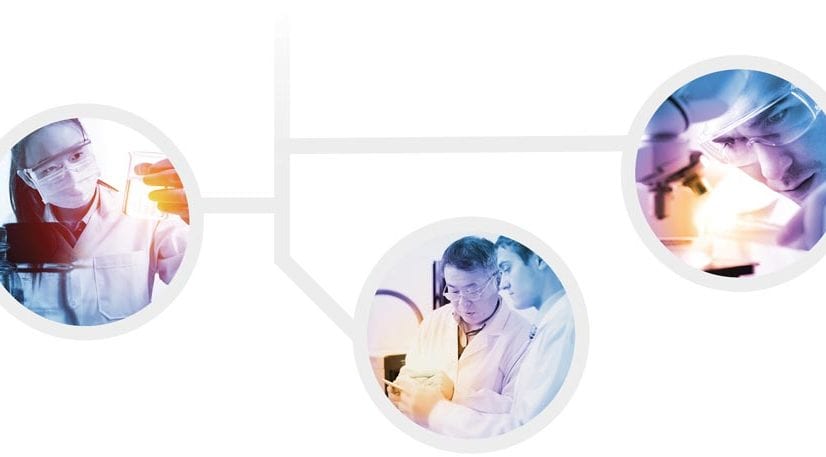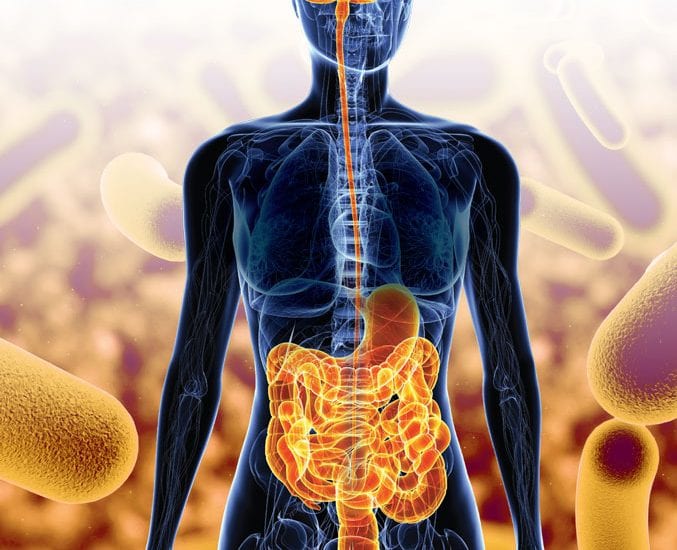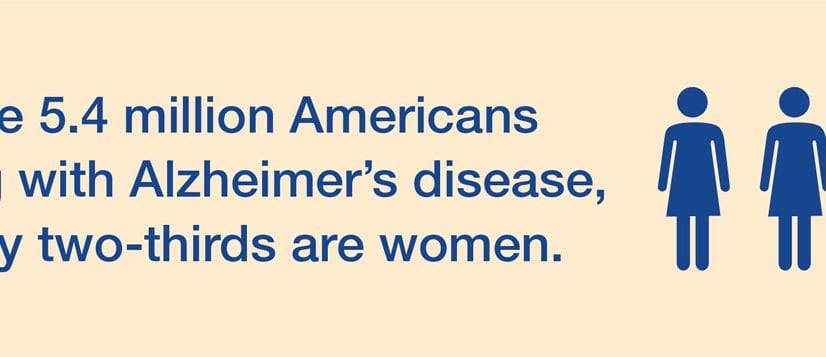Three recent discoveries by University of Southern California neuroscientist Berislav Zlokovic, M.D., Ph.D., have clarified one of the least-understood elements of Alzheimer’s disease: how the blood-brain barrier becomes compromised and contributes to the disease process.
In healthy individuals, the blood-brain barrier (BBB) is a fine mesh filter that transports only select molecules from the body’s main circulatory system into the brain in a highly controlled manner, protecting the more delicate brain from a variety of dangers, and transports certain molecules back out of the brain as well. Changes to the structural components of the BBB have been known to be a normal consequence of aging for decades, but it also has been known for many years that the BBBs of Alzheimer’s patients allow more harmful particles to cross into the brain than the BBBs of those without the disease do.
Precisely when and how, though, does the BBB become compromised, and does it happen as a prelude to Alzheimer’s or as a cause of it? These are essential questions. Alzheimer’s unfolds as a complex cascade of molecular events—one event leads to another, which leads to another, and so on. The effort to stop it rests on understanding all of the key cascade events in the correct sequence—a monumental challenge requiring a coordinated
team effort.
The discoveries by Zlokovic—director of the Zilkha Neurogenetic Institute and professor and chair of the Department of Physiology and Biophysics at the University of Southern California, Keck School of Medicine, Los Angeles, and a member of the Cure Alzheimer’s Fund Research Consortium since 2011—bring us one step closer:
- In January, Zlokovic’s team was able to use high-resolution imaging of the living brain to show, irrefutably, that the BBB becomes leaky with age, starting in the area of the hippocampus—the area responsible for memory and learning that is affected very early in Alzheimer’s disease. This leakiness begins long before there are any cognitive symptoms. The discovery, published in the journal Neuron, suggests that specialized brain scans might, in the near future, help doctors routinely spot very early, presymptomatic warning signs of dementia. It also identified early injury to brain vascular cells called pericytes, a type of mural cell that surrounds brain capillaries and acts as a “gatekeeper” of the blood-brain barrier.
- In March, Zlokovic’s team discovered that deficiency of a key BBB protein called GLUT1, which helps move glucose, a major energy substrate for the healthy brain, across the BBB, is directly connected to a compromised barrier. It also suggested that the gene regulating this protein could be an excellent drug target. The discovery was published in the journal Nature Neuroscience.
- In May, Zlokovic discovered the mechanism of action for an Alzheimer’s-implicated gene encoding protein known as PICALM. The PICALM-Alzheimer’s connection had been studied previously by Cure Alzheimer’s Research Consortium Chair Rudy Tanzi, Ph.D., and Zlokovic in a Cure Alzheimer’s Fund-supported study. Zlokovic, publishing his research in Nature Neuroscience, showed that PICALM is crucial for clearing Abeta across the BBB. PICALM variants associated with increased risk for Alzheimer’s lead to diminished expression of PICALM and faulty clearance of Abeta from the brain, leading to its accumulation both in the human brain and animal models of the disease. This suggests that, while Abeta is crucial in the subsequent cascade that leads to Alzheimer’s disease, the compromise of the BBB may happen earlier in the process, and may contribute directly to the destructive excess of Abeta in the brain.
“The brain cannot function in the presence of blood-brain barrier breakdown,” said Zlokovic. “Now we know that not only is Abeta important in Alzheimer’s, but also that this barrier, which is regulating transfer of molecules between the brain and blood, and vice versa blood and brain, can become leaky and dysfunctional and lead to subsequent problems likely contributing to onset and progression of dementia.”
Jeffrey Morby, chairman of Cure Alzheimer’s Fund, added, “We created our Research Consortium in order to spur innovation through the speedy sharing of vital data between top researchers. Dr. Zlokovic’s latest advance with PICALM is a perfect example of what we’ve been able to do, and it brings us that much closer to a cure.”








